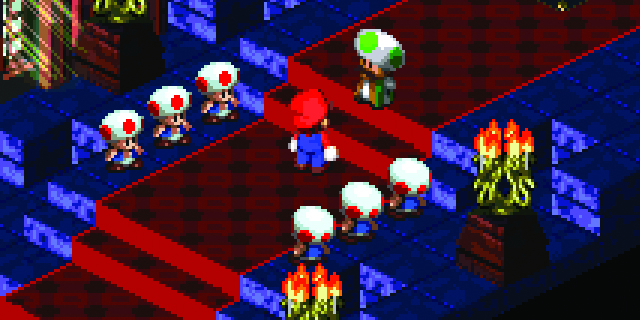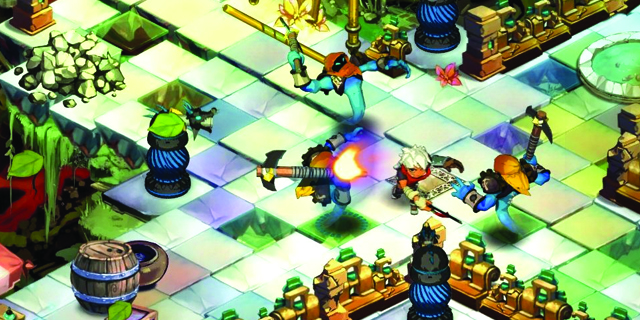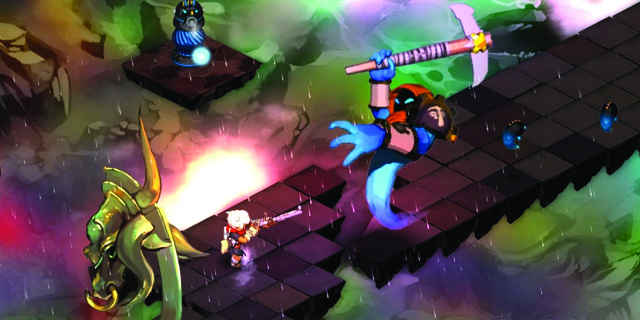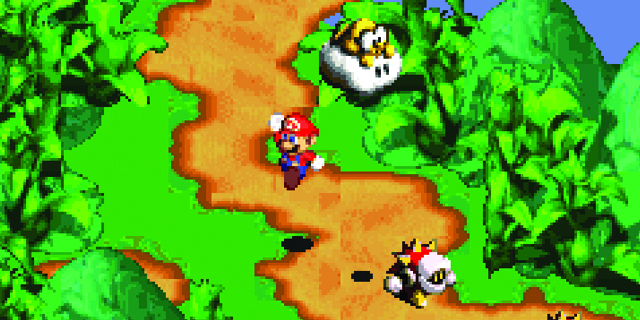
I’m not proud that I’ll probably go see the fourth Transformers movie. I could tell myself, “Henry, you’re an adult. You don’t have to go see a movie you don’t want to see.” It’s no use. I’ve seen the first three movies and everybody’s talking about how horrible it is. How dare I deprive myself of such collective misery?
The first movie was fine, in no small part to Steven Spielberg encouraging director Michael Bay to restrict computer-generated imagery and use more practical effects. The fight scenes were fun to watch because you could mostly see what was going on. There’s no accounting for taste, but giant, transforming robots fighting is a genuine treat to watch. But the key factor was perspective; I could see what was going on.
The following two films were far less interesting. You could feel Spielberg’s absence, the running times were excruciatingly long and I could barely tell what was going on in the fight scenes. Who was punching who? The camera wouldn’t stay still, the cuts and edits would last mere seconds and I was more confused and annoyed at the action instead of invested. The perspective was too close, then too far away, then too kinetic… too much to enjoy. Especially since most of the robots, up-close, looked eerily similar to each other.
Camera control used to be discussed at length when critiquing games, particularly in the N64/PlayStation era, when the third dimension was added and it suddenly became as important as the core gameplay or characters. Being able to maneuver the viewpoint accurately is essential to a good experience. Frustration can easily set in if the camera becomes just as much of an enemy as the scores of demons you’re fighting. But there’s one type of perspective I’ve realized is my favorite. It sidesteps all the nonsense of twitchy camera movements, and allows me to soak in all the action around me: the isometric view.

It’s not the perfect technical definition, but an isometric view is when the camera is at a 3/4ths angle and rotated slightly to reveal other areas of a game environment that would normally only be visible from a top-down perspective. It produces a three-dimensional effect without being truly 3D. I guess you could also call it “2.5D,” but you could also call it endearing, pleasant to look at and a brilliant innovation.
Like with a lot of inventions, necessity was the mother. Developers wanted to show gamers fully-realized worlds with elaborate settings and impossible landscapes. Unfortunately, creating all that with a full 3D engine takes an enormous amount of time, money and processing power that many developers didn’t have. So how do you trick us into thinking we’re looking at a 3D environment?
It’s easier than you think. Our eyes and perception are “tricked” all the time. We’re deceived on a daily basis in terms of what we think we’re seeing. After all, you could argue every game is a visual trick, since they’re not really there. When a mountain is presented to you in a game, the solid matter that makes up a mountain doesn’t have to be processed by the game engine, but rather only the skin of the mountain does. It isn’t a case of cutting corners, it’s a matter of logistics. And besides, as long as a game looks good and plays well, what do I care?
The isometric view may have originated a long time ago, but recent titles have taken full advantage. I can’t think of a better example than Bastion. It may be the most beautiful isometric game ever made; the colors are vibrant, the world is unique and the camera is totally hassle-free. It has just what I expect from an isometric view. I never lost myself in the action, and I didn’t have to worry about rotating the camera when a boss showed up. As I trekked along the aftermath of the Great Calamity, a devastating event that destroyed the world, terrain would float from below to meet my character and create a pathway out of thin air. It’s an interesting design choice; it requires constant leaps (steps?) of faith, and once in a while you’ll anticipate a path emerging when it doesn’t. C’est la vie.

The game would have been too busy with a 3D camera. You’re constantly faced with more than a handful of enemies and obstacles, and your character, while tightly controlled, doesn’t have the agility of Dante or the stealth of Solid Snake. It not only allows us to see these ancient ruins, foggy swamps and fantastical markets without any intrusions, it also fits the gameplay and allows for a very smooth experience. I would mention the incredible soundtrack or the iconic play-by-play narration, but that’s just the icing on the cake. The real star of the show, for me, is the isometric view.
Since retro is popular at the moment, of course current developers are going to hand pick the best qualities of old-school games and slap a quality level of paint on top. This is “indie” strategy in a nutshell. But what about an older title? Does isometric still hold up?
It does in my books and my favorite, though not necessarily the best, example is Super Mario RPG: The Legend of the Seven Stars. It’s not in my mental capacity to understand how somebody wouldn’t like this game. It’s incredibly fun and one of the most light-hearted RPGs you’ll ever play. You could easily finish it in in a single weekend if you’re dedicated enough. It has timed button pressing to do more damage in battle, adorable characters and a soundtrack that is one part Mario, two parts happy circus. It was an undeniable success, as the hybrid model of Mario’s traditional platforming and RPG elements spawned eight spiritual sequels.
Once again, the isometric view works quite well. The game is one of the best-looking on the Super Nintendo, and easily gives the impression of a fully three-dimensional environment. The ability to jump around, on or over virtually anything adds a dynamic rarely seen in role playing games. Indeed, many treasures and secret entrances rely on your ability to jump with precision. We know Mario games work in two dimensions, and we know they work in three dimensions. How does it work here, in Super Mario iso-land?

Almost perfectly. The game still looks fantastic and has aged better than most of its era. The creative environments and promise of hidden boxes allure you to explore every inch of this world. The timed attacks means players have a fully active role in battle, and every attack is a mini-challenge. And of course, the isometric perspective allows the 2D sprites and landmarks to shine.
The only sections that don’t hold up are the hideously pixelated segments which shy away from the isometric camera. There are also a few moments where jumping with Mario doesn’t feel quite as tight as his other adventures. The downside here is that you don’t have the best view of jumping from platform to platform. Mercifully, they included Mario’s very prominent shadow underneath him as he jumps as a measuring stick. Thankfully, these moments are few and far between. It’s a rare bird, a game that looks and plays great more than 18 years later.
There are many other shining examples of the benefits of this design choice: Diablo, Diablo II, Baldur’s Gate and Rollercoaster Tycoon to name a few. Transistor, the latest offering from the studio that brought us Bastion, is out to rave reviews. The lighting is particularly good, and the isometric camera allows you to gaze upon the depths of the city without becoming distracted. The addition of foreground objects to further convey a sense of three dimensions is a welcomed one. It’s nice to see a dated mechanic find new life and not be made redundant by modern technology.
I’m trying to solve the mystery as to why this camera style is so endearing to me. My sister has a new apartment on the 14th floor in downtown Victoria. Looking at the view out of her balcony was intimidating. Looking straight down, I grew uneasy. But once I moved my head up a bit, looking beyond, I grew entranced. Standing there, I was able to see more than I normally could, but also the detail of people’s clothing, models of cars and streetlights changing colors. Infinitely more interesting, far less terrifying than a top-down perspective; my own isometric view.



















